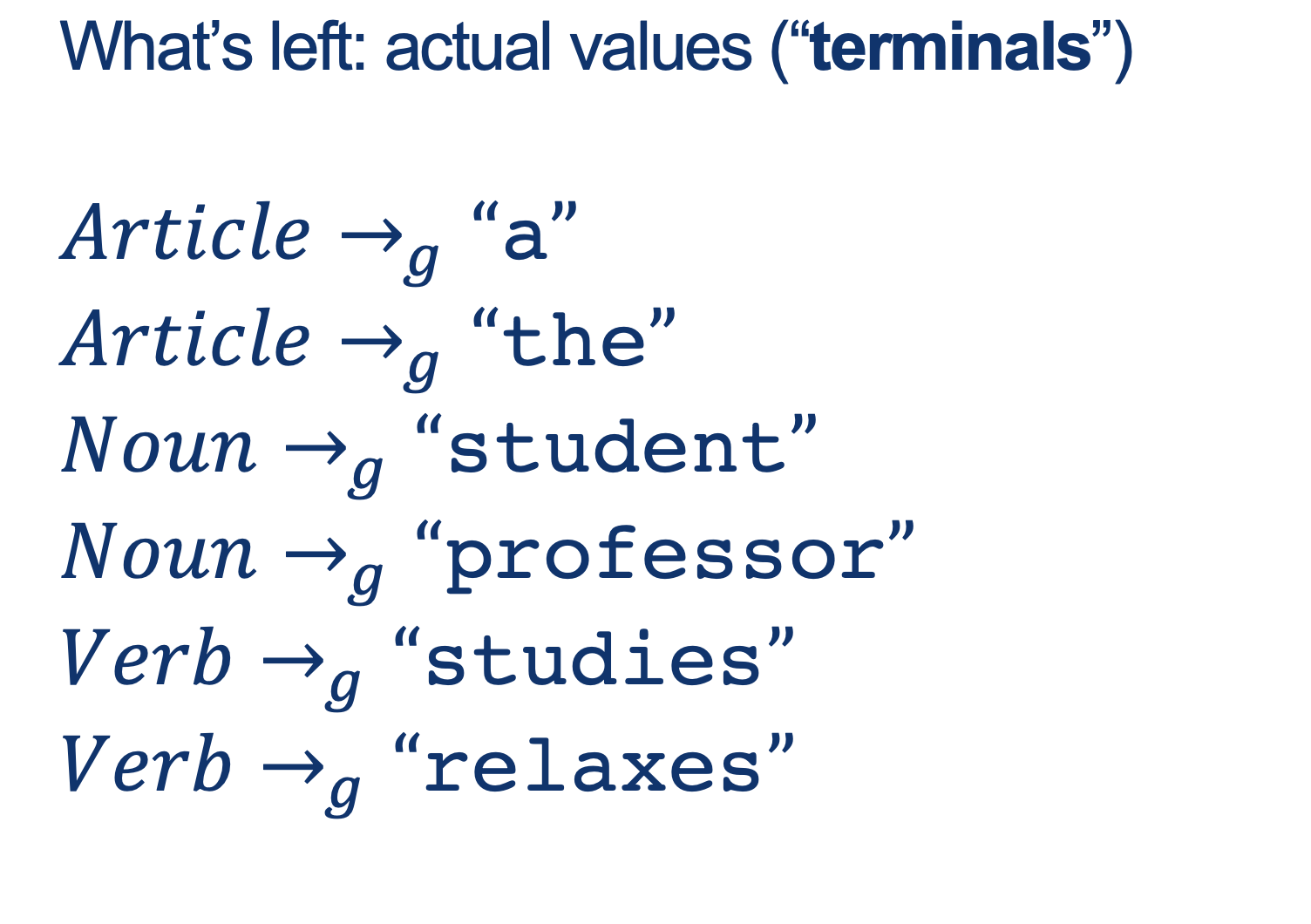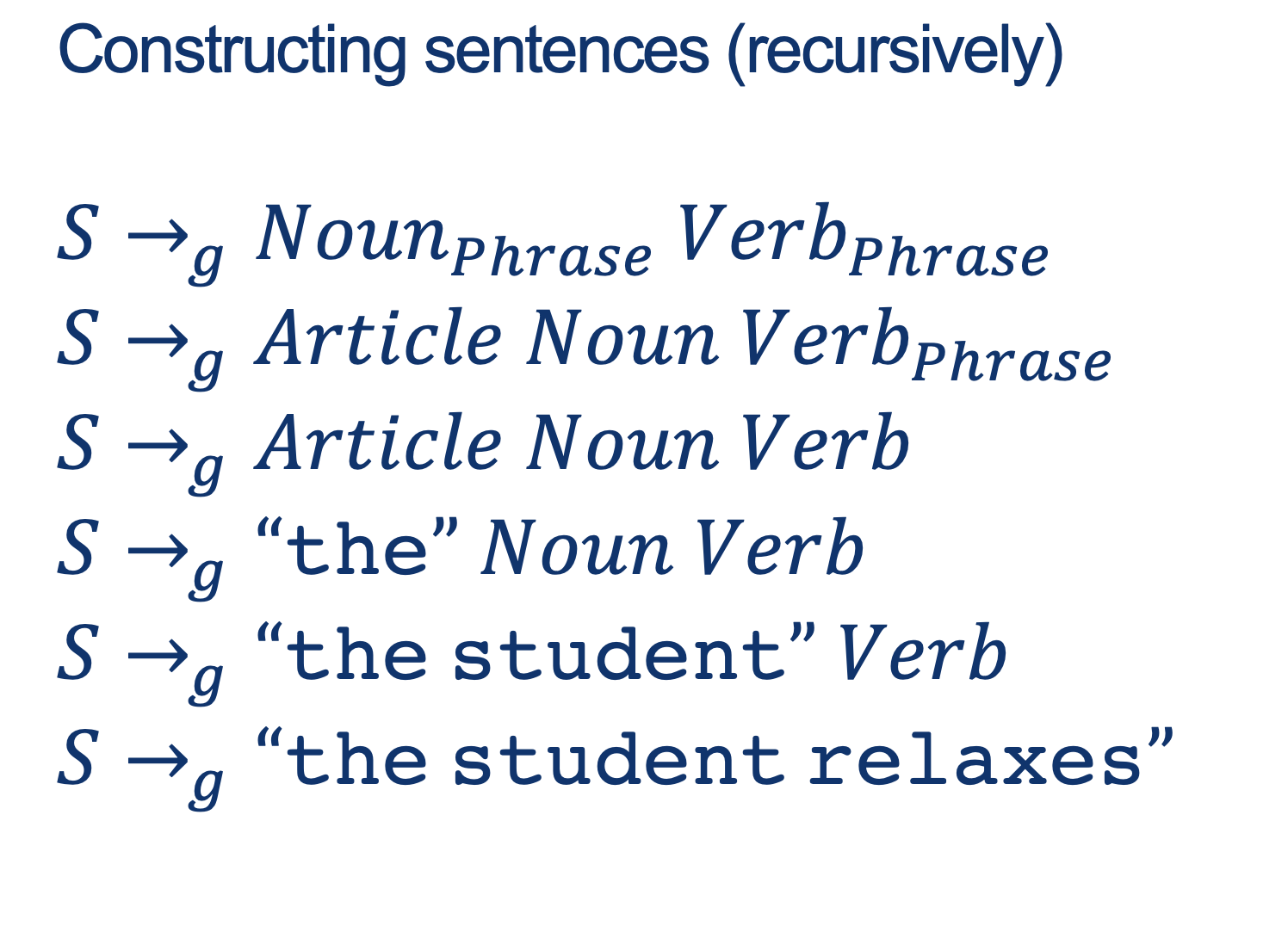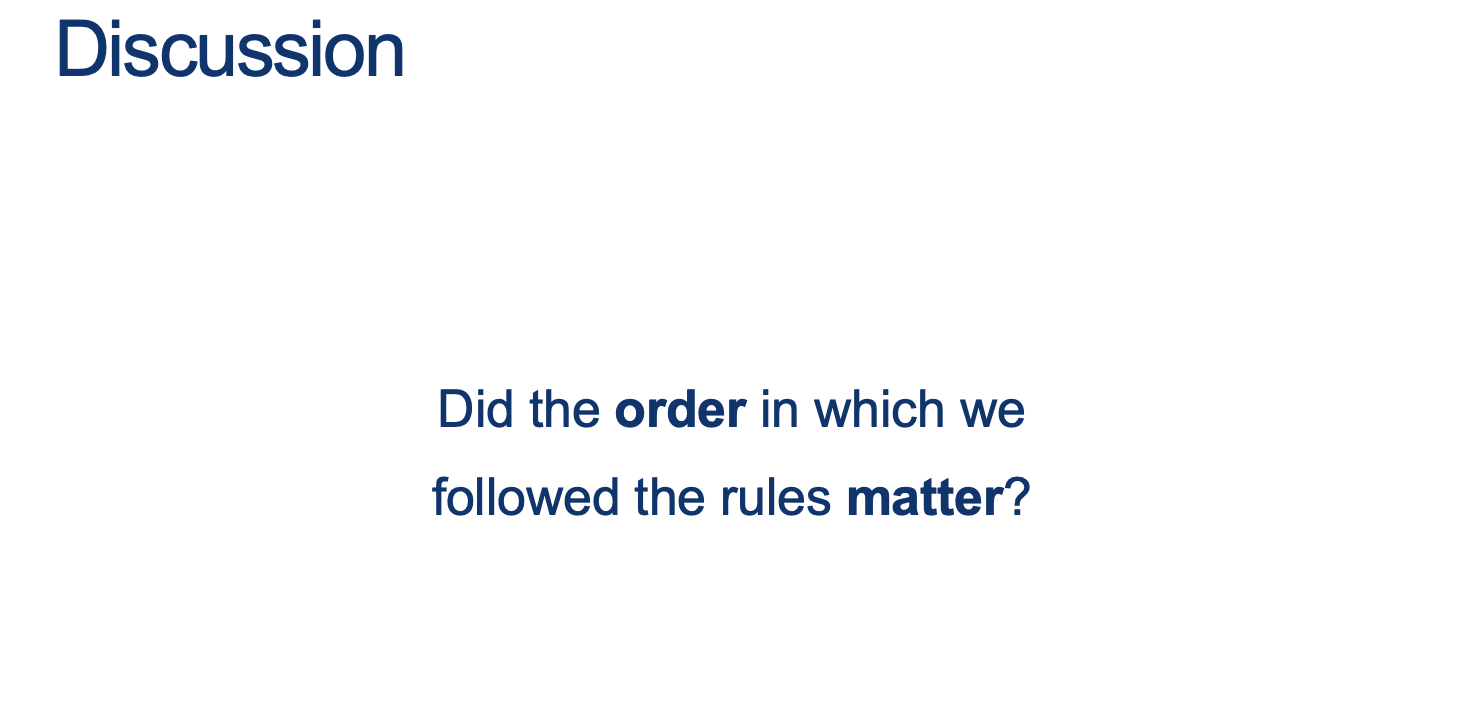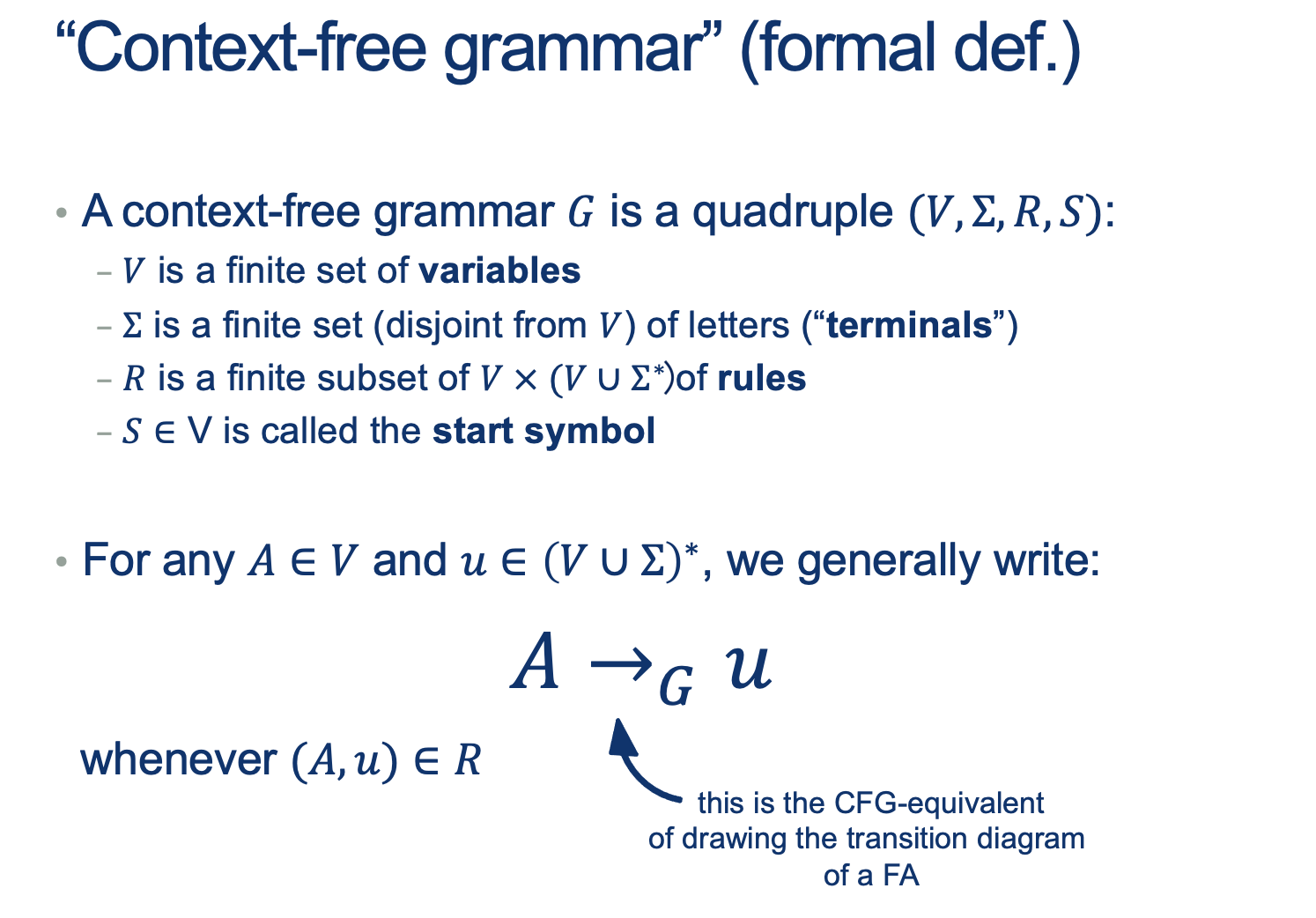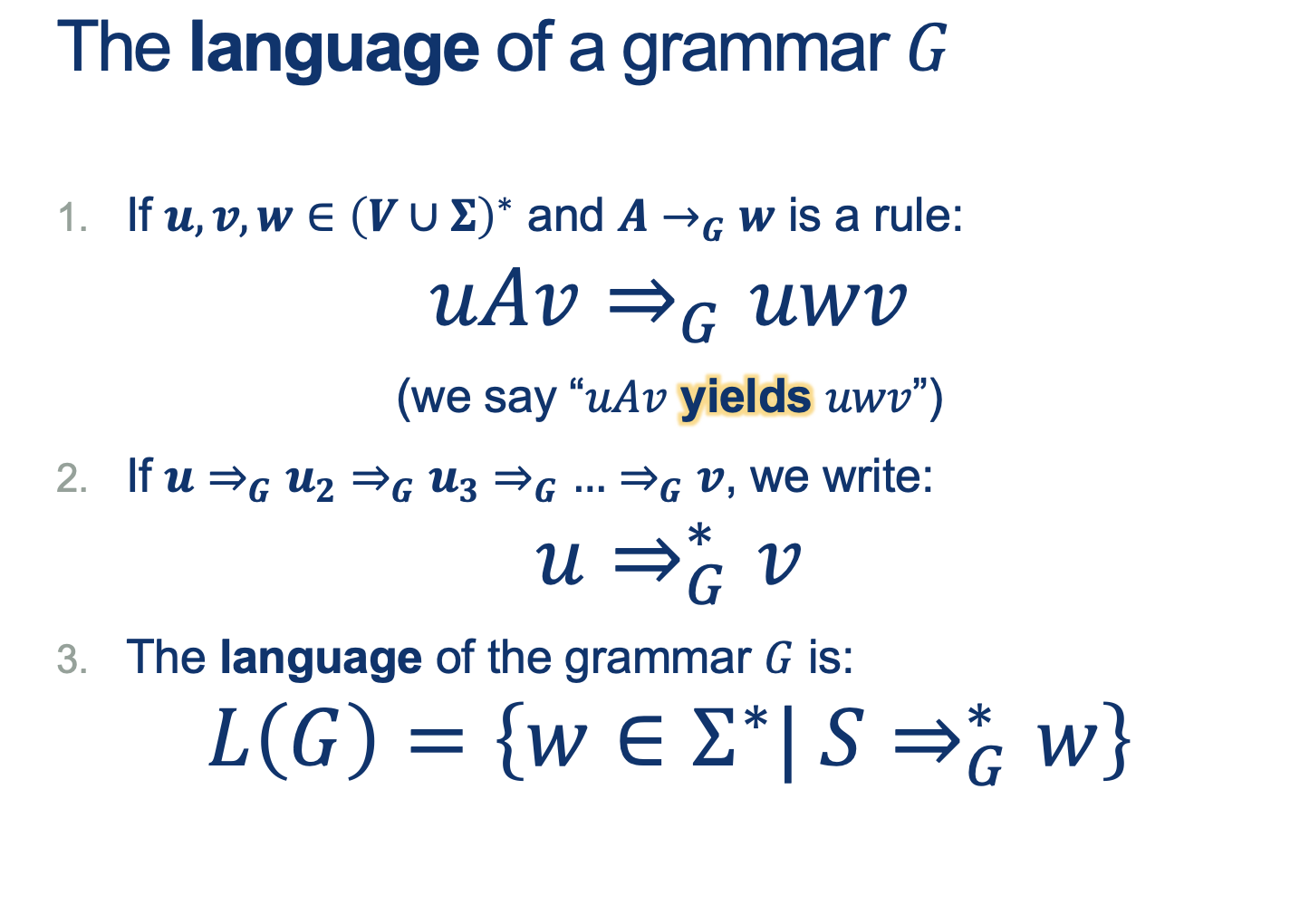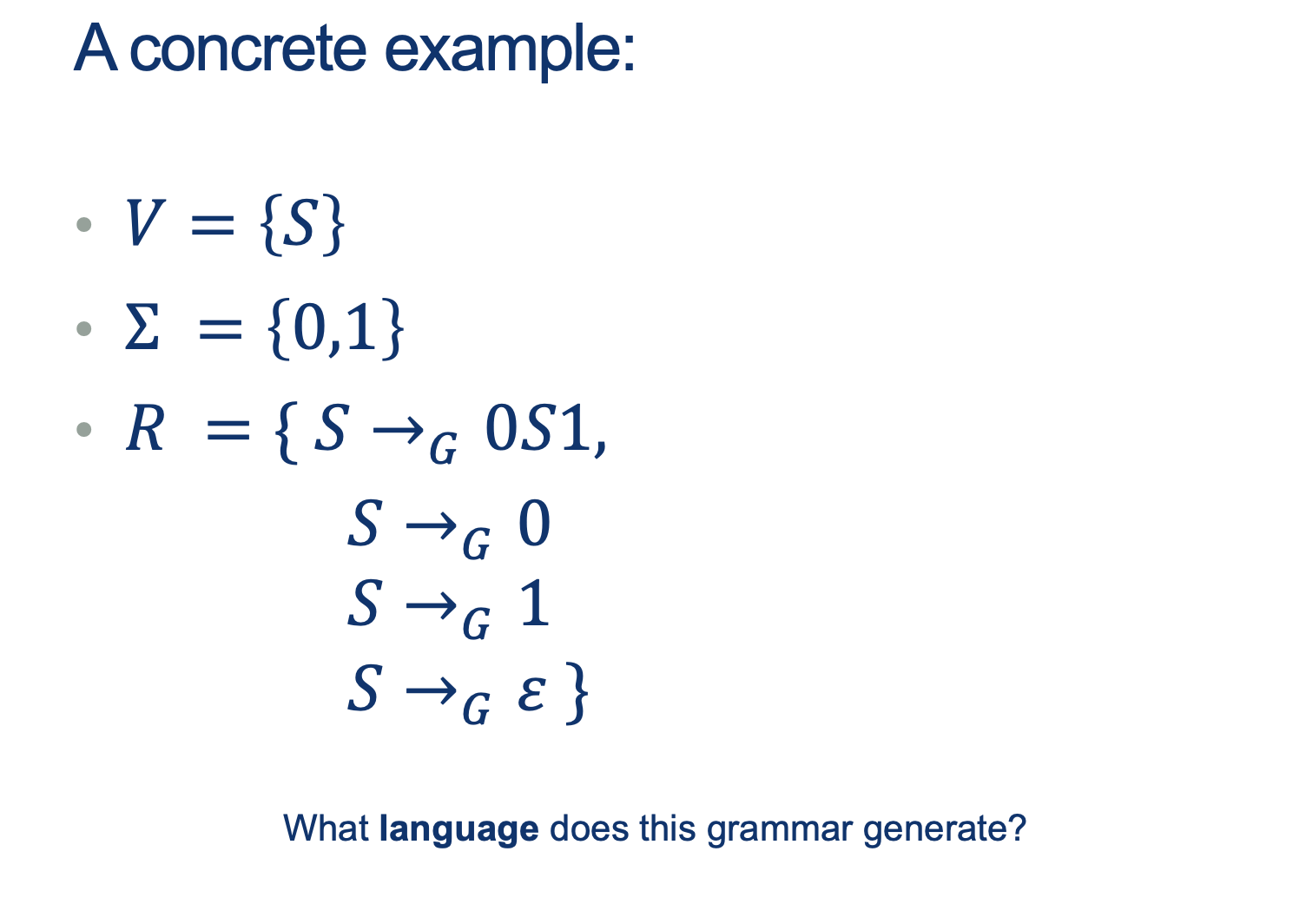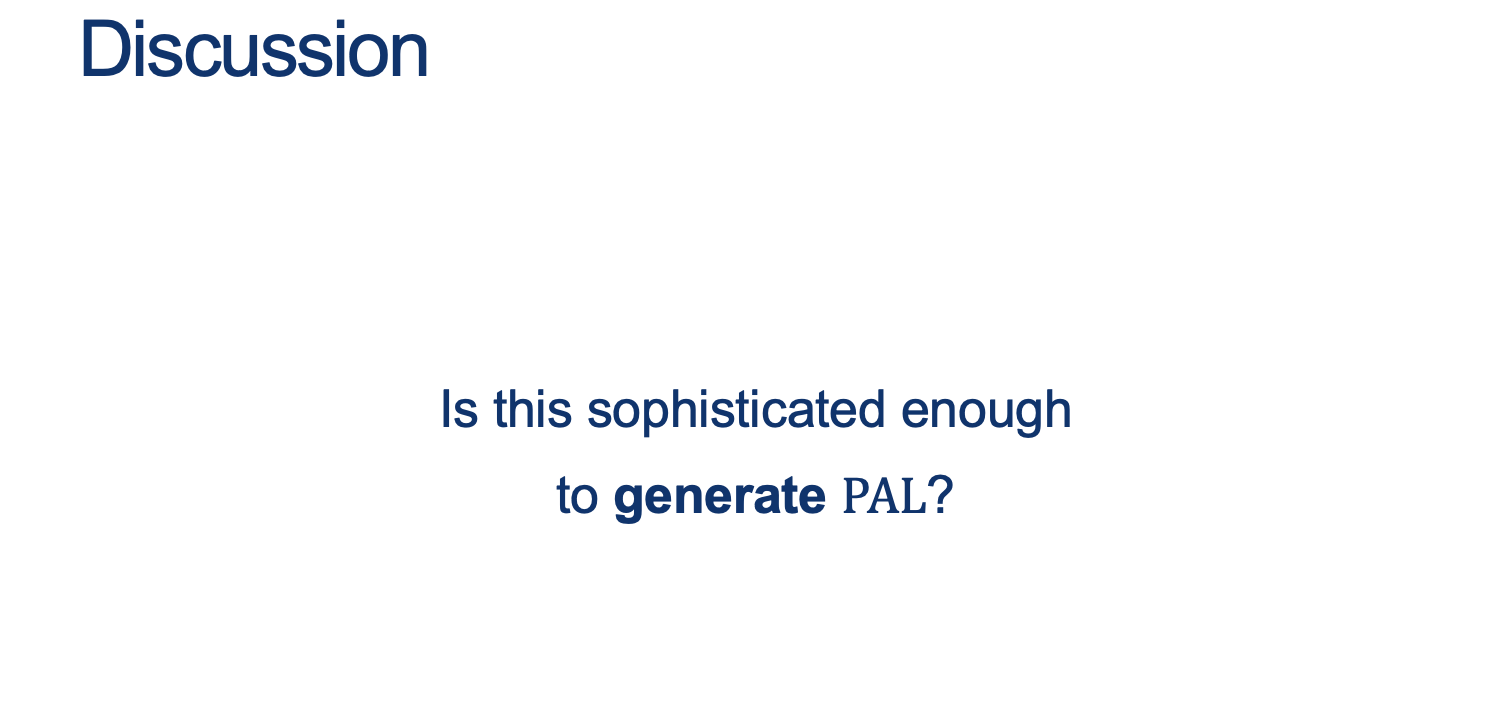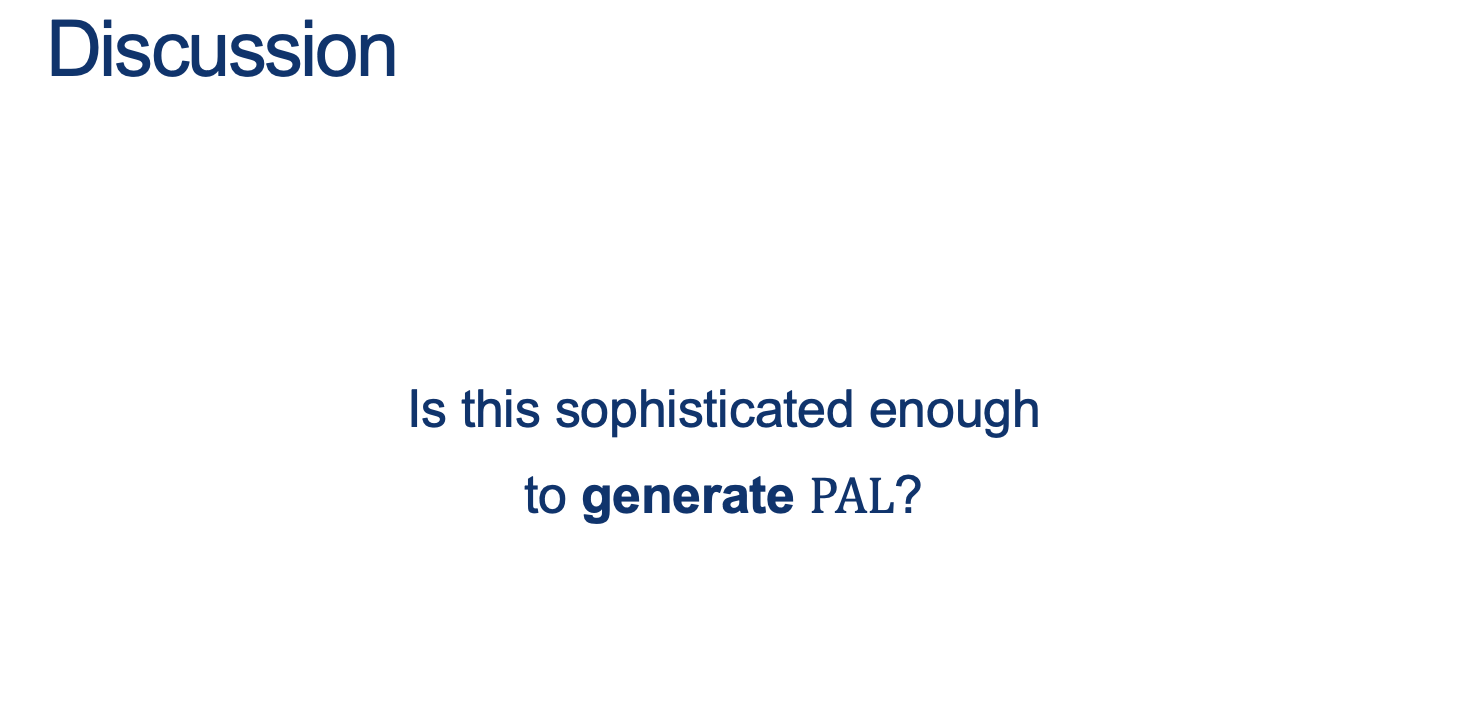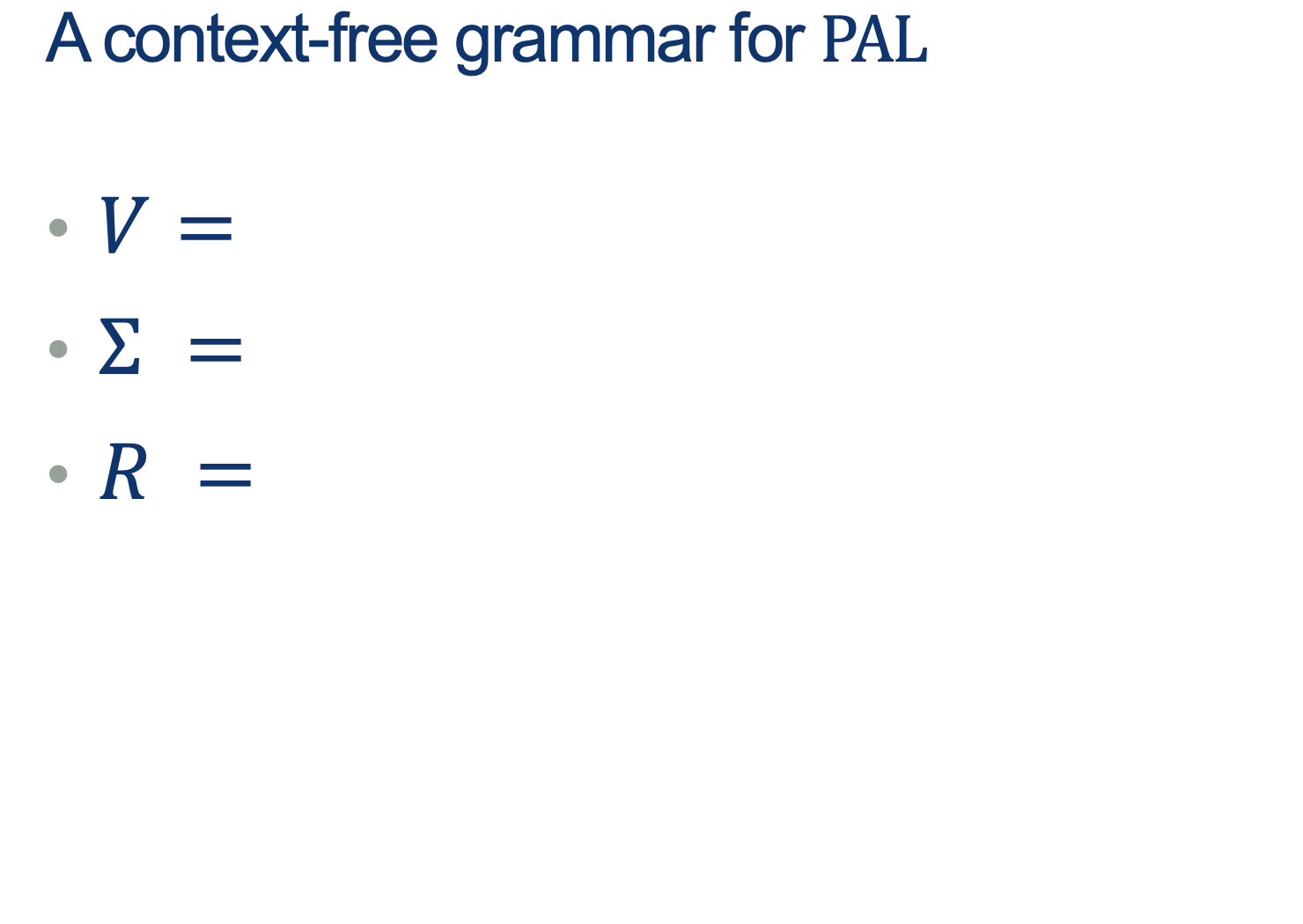
CSC 250
Theory of Computation
Smith Computer Science

Theory of Computation
Smith Computer Science
Why are we asking you all of these questions about regularity of languages, etc.?
REs and FAs are really simple computational machines.
What does this have to do with getting your Java code to compile, or using dynamic programming, or ...
Turns out that there are some surprisingly algorithmic things we can do when we start asking questions about these simple machines.
Let’s take a look at some questions we might ask.

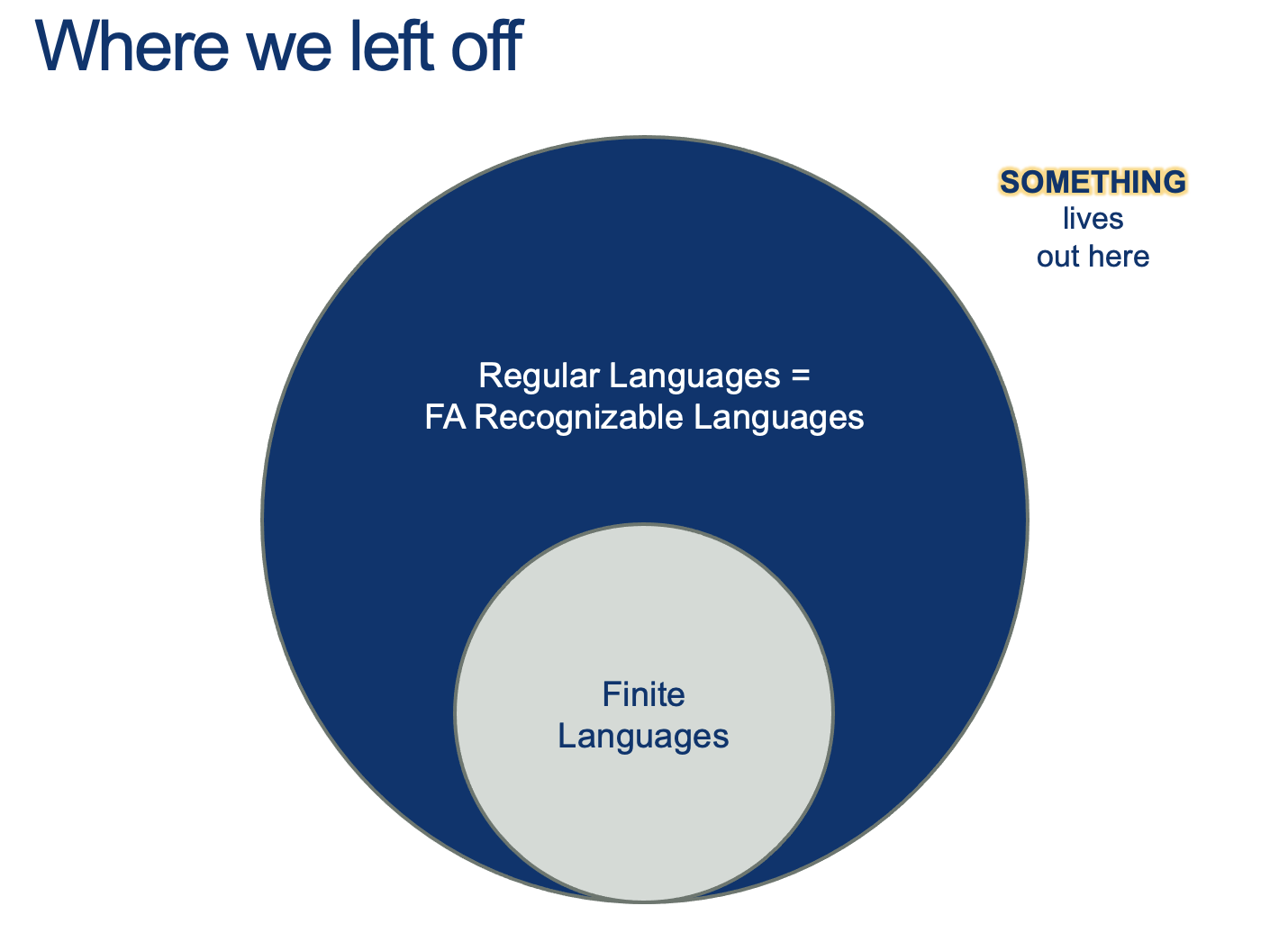
EQ, HALF, PAL
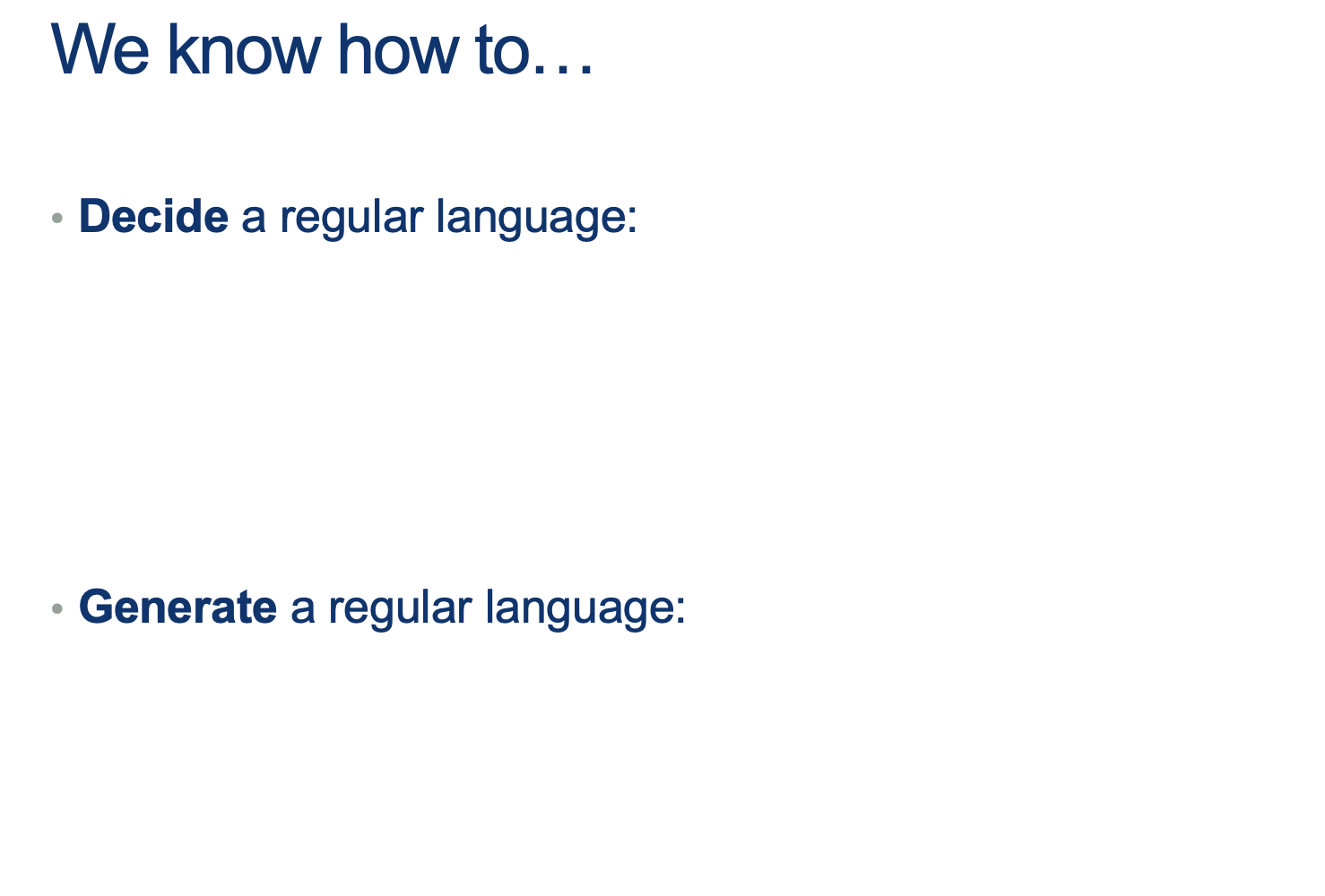
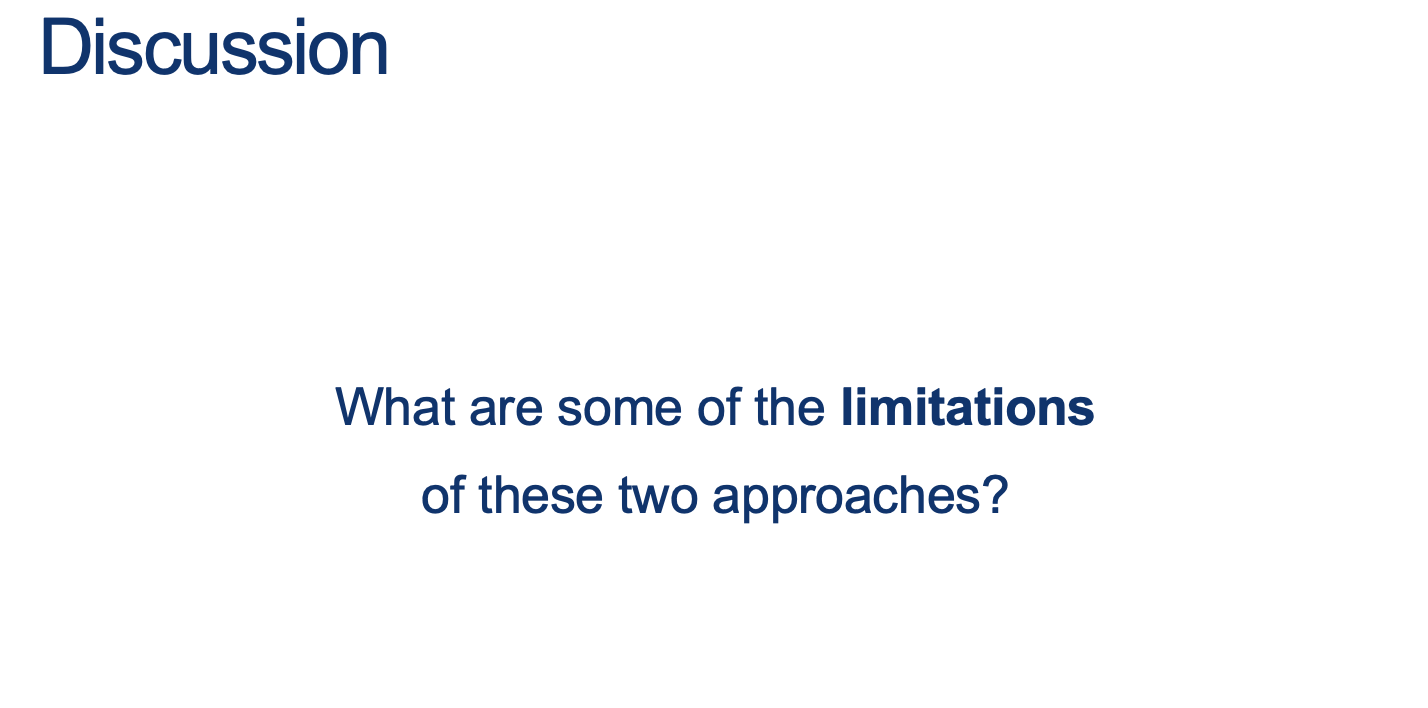
Finite automata and regular expressions are limited
They both only match patterns that can be described by reaching L to R
Some patterns are more interesting…
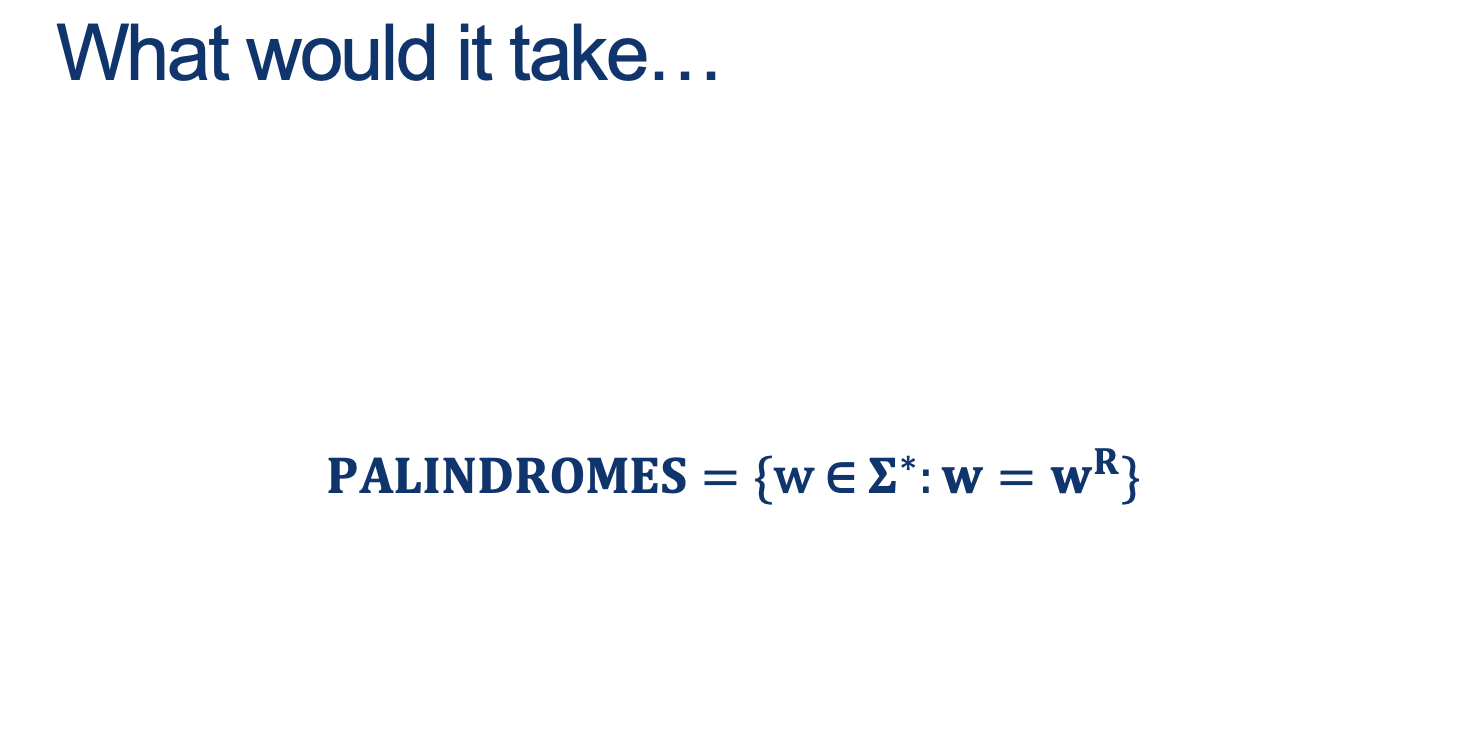
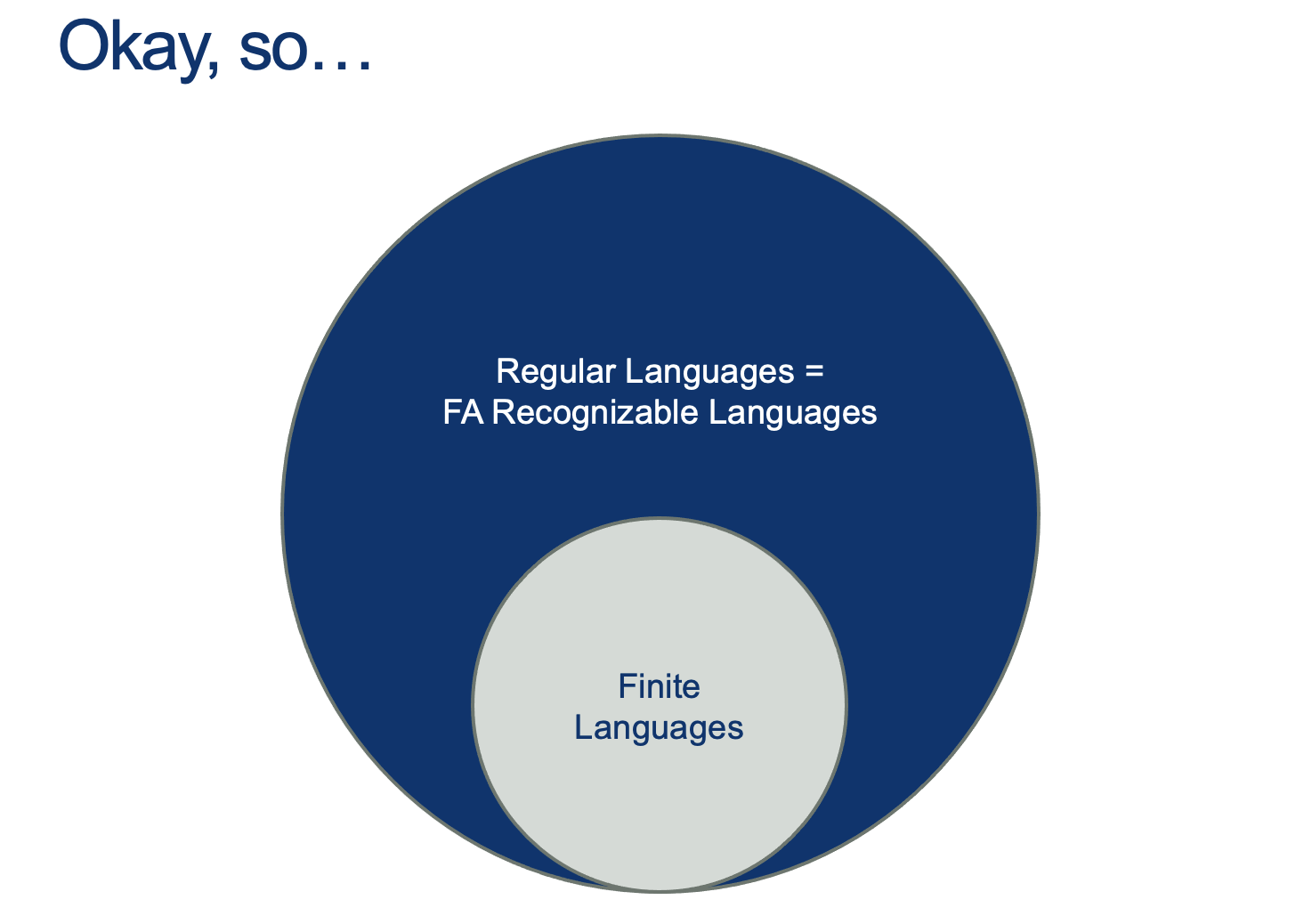
Seems like PAL lives really close to Regular: there’s a structure to the words that’s ALMOST regular… but the pattern is in the middle.
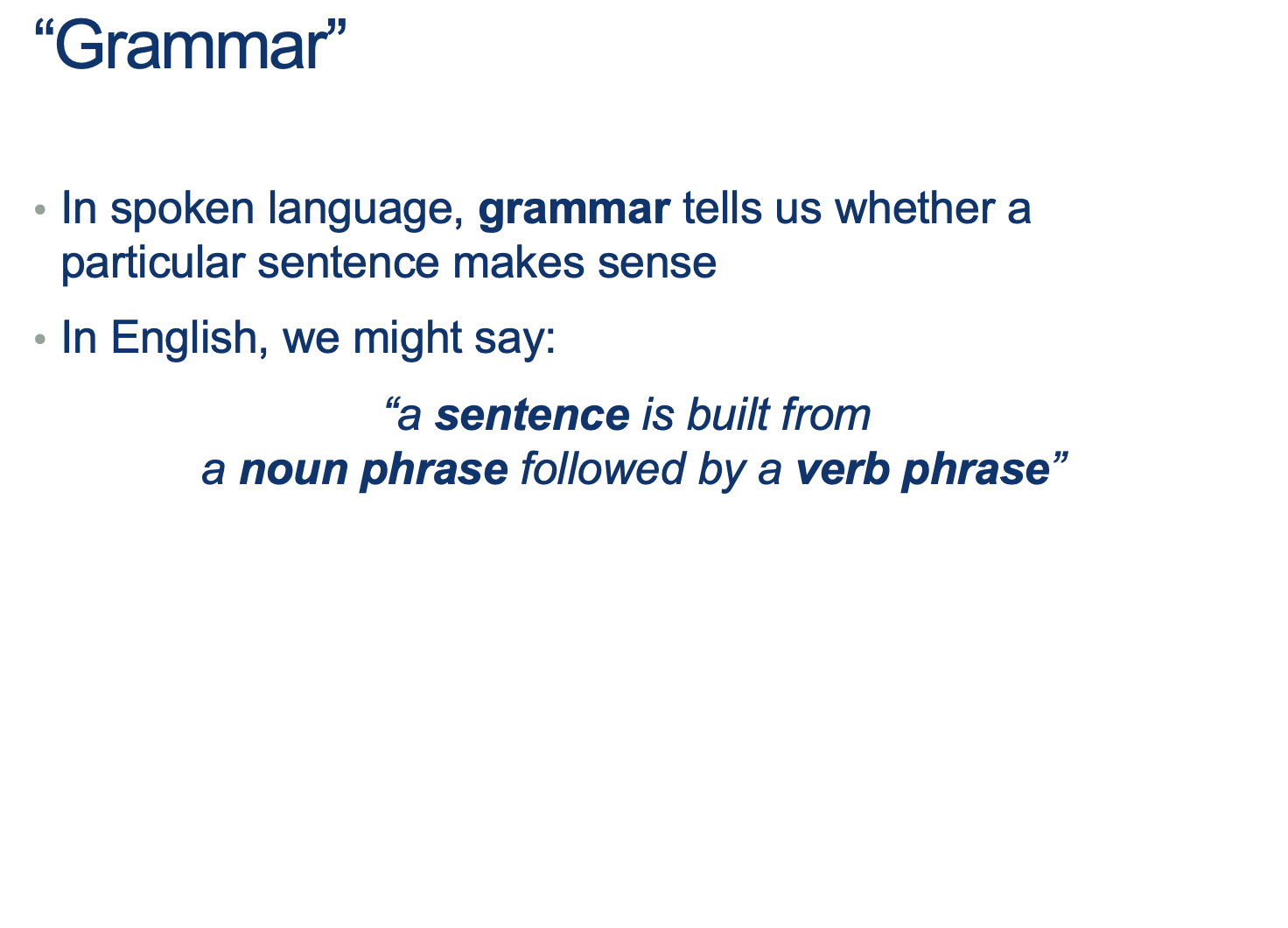
S ->g N_phrase V_phrase
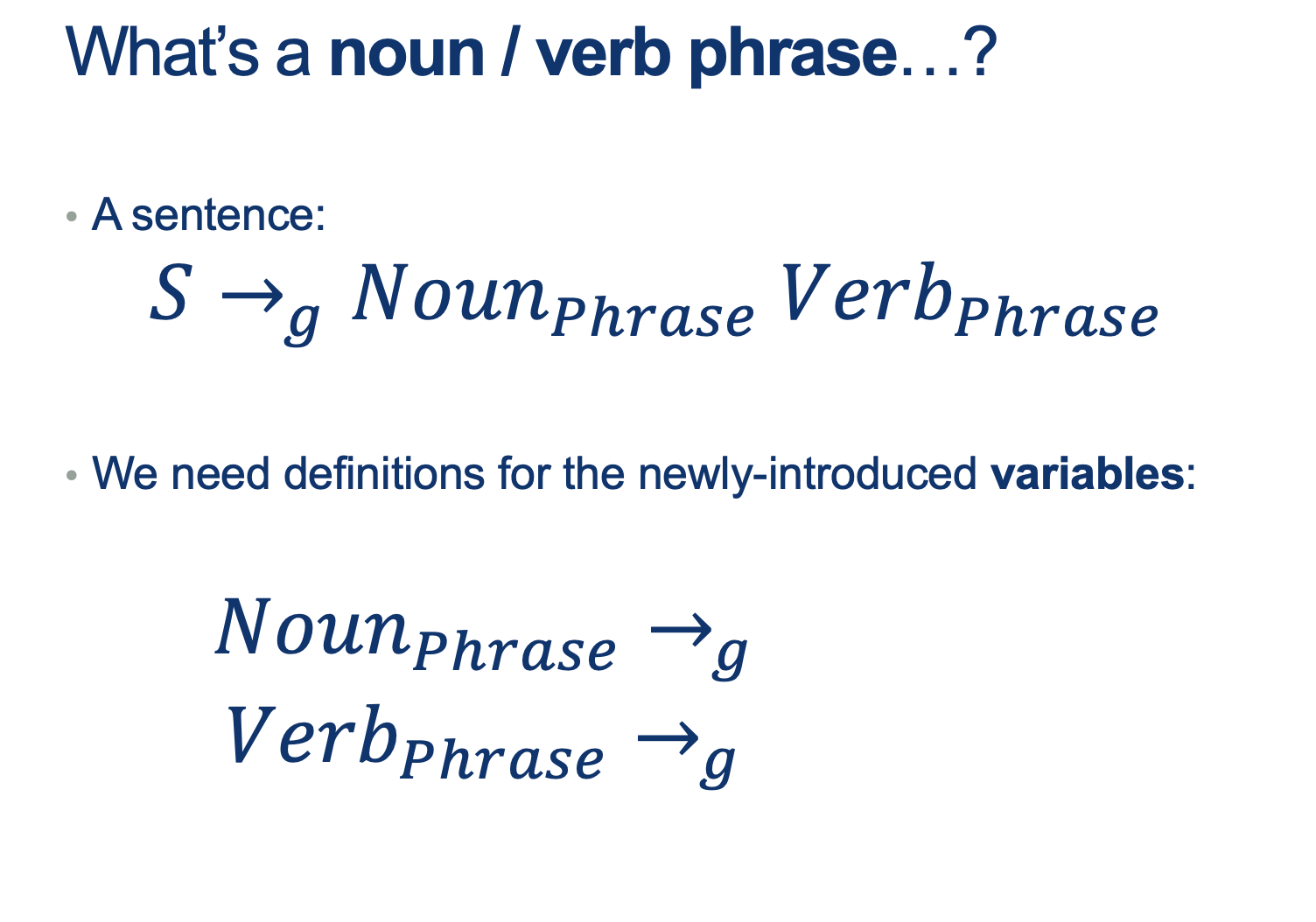
N -> article noun
V -> conjugated verb
